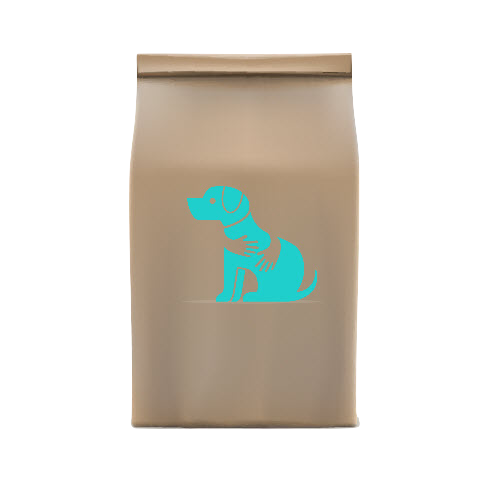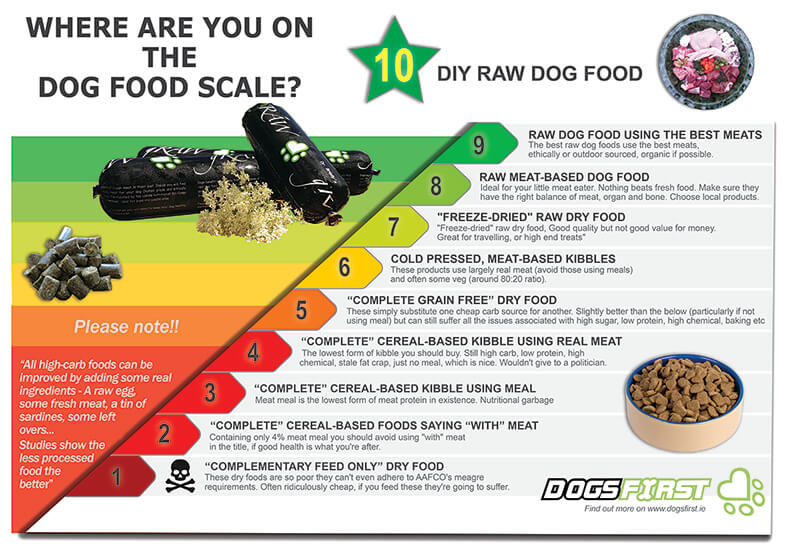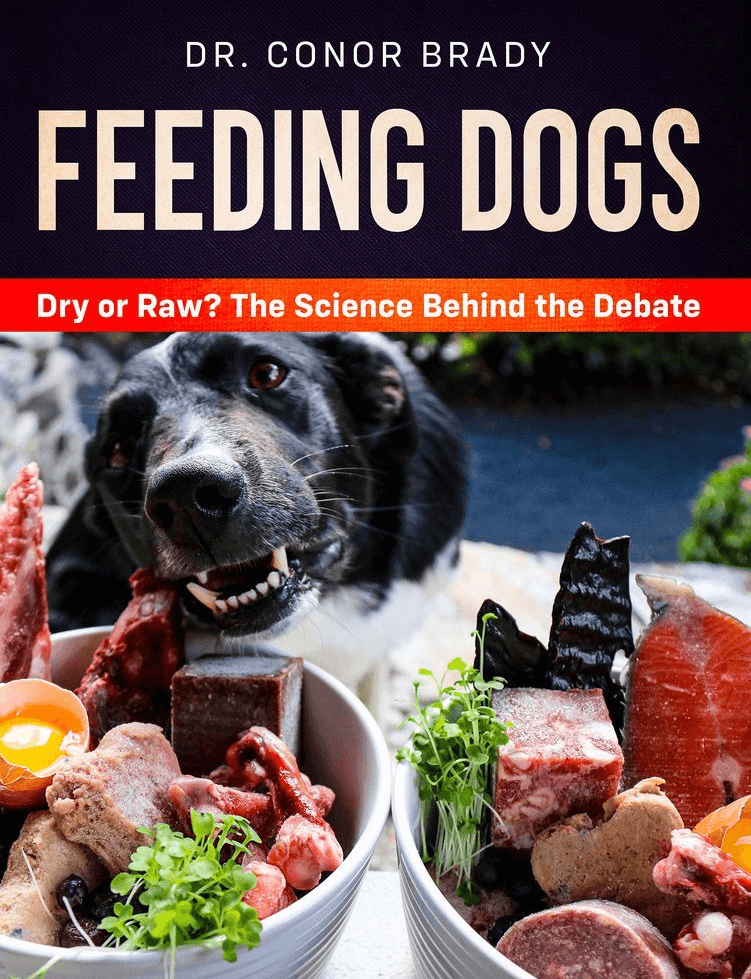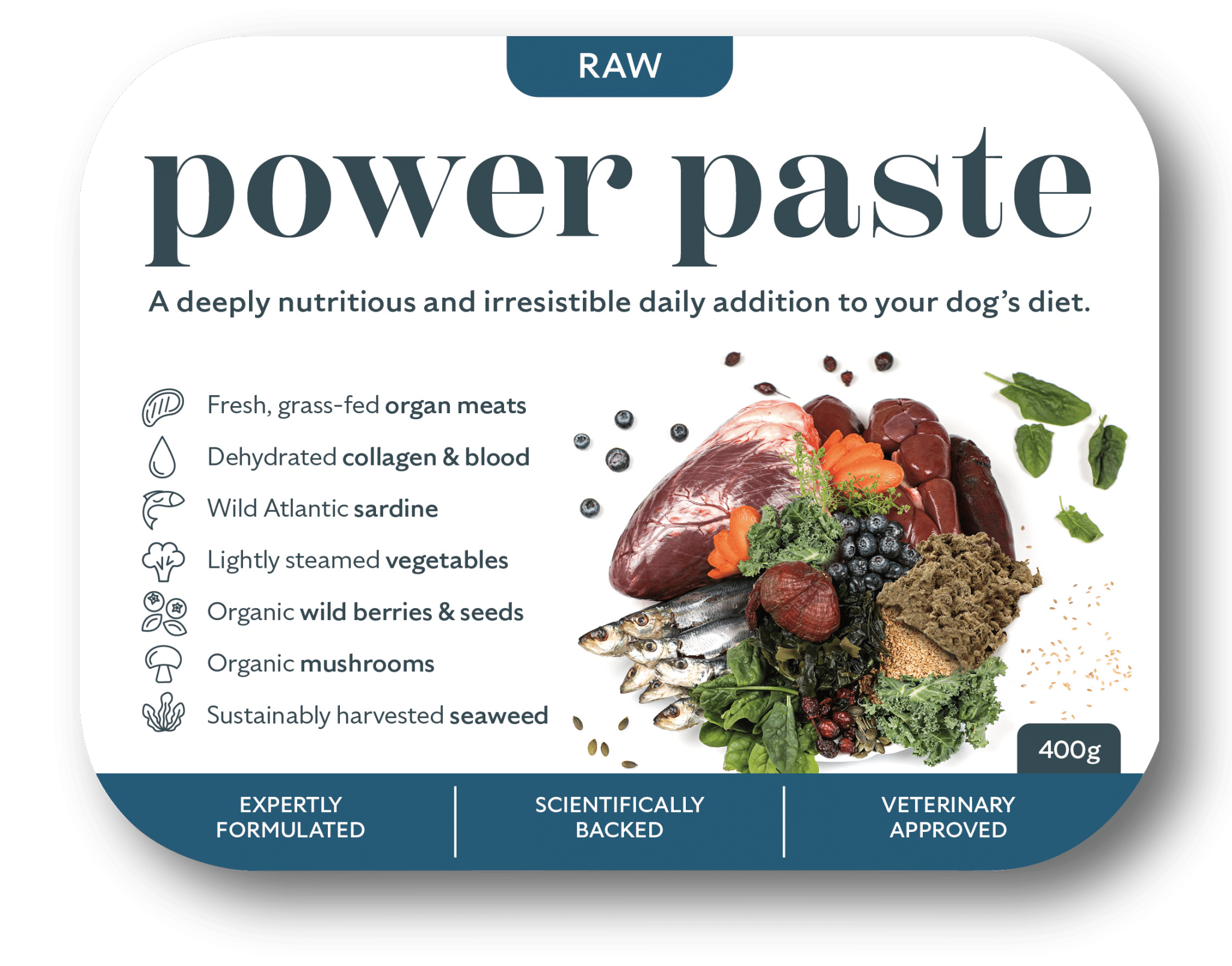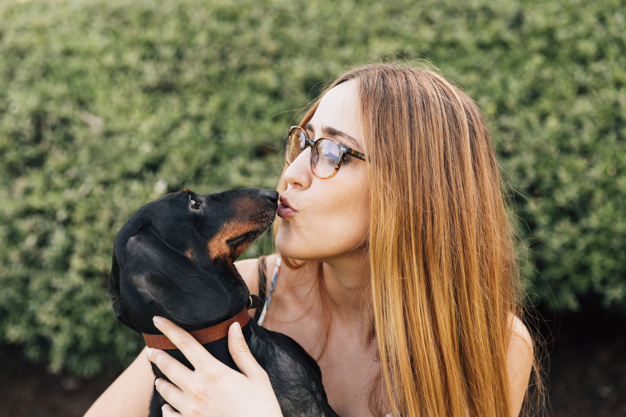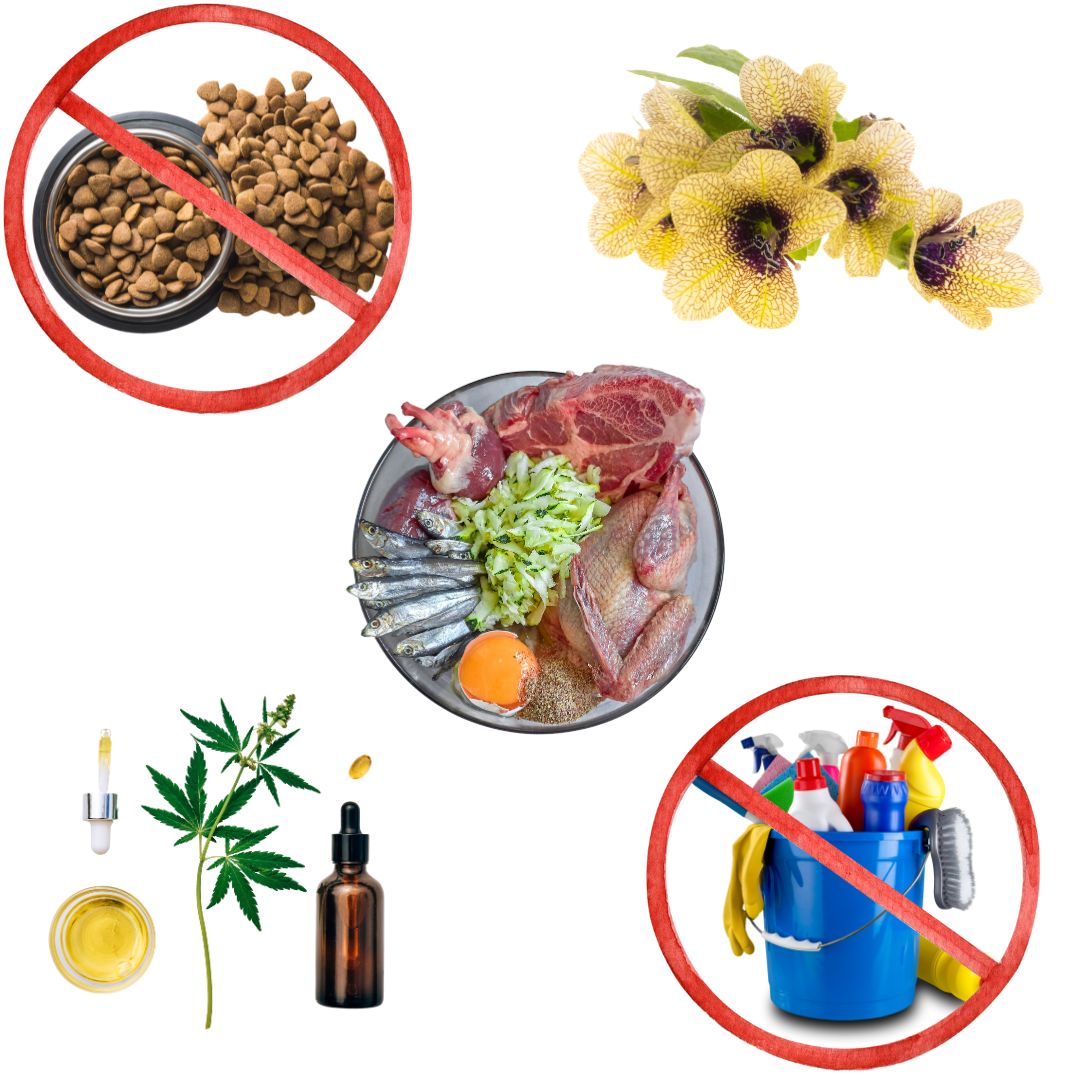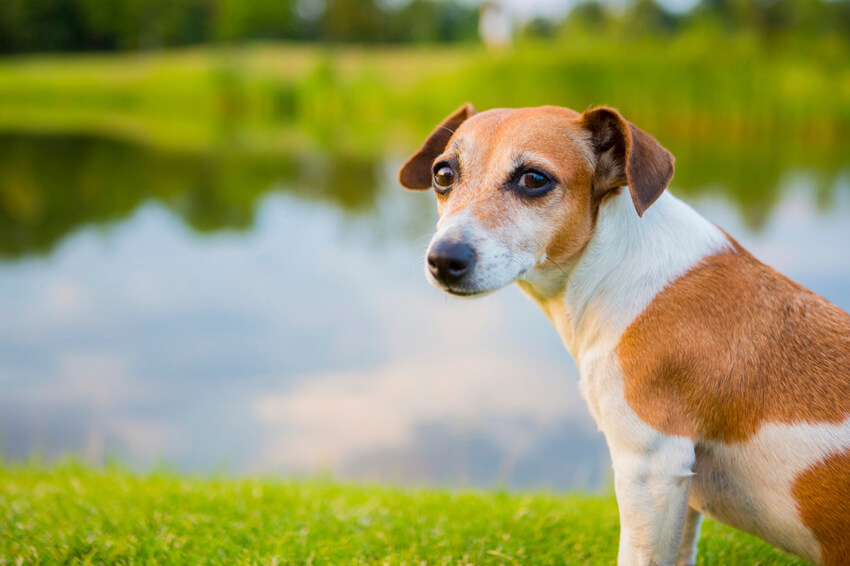What is the Best Grain Free Dog Food? That Depends on a Number of Factors. We Discuss Some and Then Compare 9 of the Most Popular Grain Free Dog Foods out There…
Thanks to information sourced online, pet owners are now becoming more astute as to what constitutes good and bad, or at least better or worse, processed dog food. Thankfully, sales of crap, high carbohydrate, low protein, near-zero meat, high chemical, ultra-processed, cereal-based products are now thankfully falling (in volume that is, the companies are still extracting more cash from the sector thanks to a move to ever more magical “prescription” foods) to the great benefit of pets that were trying to exist upon it. These products are being replaced by more natural, meatier grain free dog food products. Industry reports show us that of these products grain free dog foods make up a significant proportion, making up at least 25% of the US and UK pet food market and growing fast. Which is good news for pets, grain free dog food being halfway up the pet food ladder.
However, the danger here is owners moving blindly from one poor product to another, often with a higher price tag. The tag “grain free dog food” means very little to you or your pet in terms of quality or value for money. Very often they simply replace one crap carb source (wheat, corn, soy etc) for another (rice) and still use far too much of it. The truth is, the grain free dog food market is full of all the same issues and insidious little tricks that kept cereal-based pet food for so long. It’s another mine-field. So here’s what to look for.
Ignore the Front Label and go Straight to the Ingredients…
First of all, ignore everything on the front label, tempting as it is to believe it. The front is where you are legally permitted to bullshit the consumer to make you pick the bag out from all the other near-identical products beside them on the shelf. This is where you see the picture of a molecule or a scientist in a lab jacket, sometimes with the words “prescription” on the front (despite the contents having no medicinal qualities whatsoever and being practically identical on a molecular level to ever other bag of cereal-based crap on the shelf). Or the picture of a wolf prowling through the Rockies (when the animals used in the product are unlikely to have ever seen the colour green, let alone a tree).
The truth is all these products are based on the same formulas, the same bits of the animal that mightn’t quite match the label (and no it’s not the breast or even chicken thighs and drumsticks, these are sold to the human sector where they command a higher price. They all suffer glaring omissions of scientific scrutiny and studies show the vast majority are not meeting the minimum criteria for nutritional adequacy as laid out by the manufacturers themselves (and you can imagine how low those targets are). Knowing these truths balances the playing field a bit. All you can do is choose the best one for the best value (this does not mean cheapest) and add in your own bits on top when and where you can, hoping you will rise their weekly fare above and beyond any nutrient deficiencies.
To determine what is the best one for the best value, you need to go straight to the back of the pack, most importantly, the ingredients. This is the most (but still not totally) honest place on the packet. Look at them and ask yourself, what am I actually buying here? Below is what to look out for, once they are all considered, then you look at the PRICE PER KILO. The Real Meat Content
Top Tips for Picking a Good Grain Free Dog Food…
You Want as Much Real Meat as Possible…
Dogs are meat eaters and are healthier when fed upon it. Hence there is no replacement for raw dog food. But if buying dry food for them you need to consider how much meat they are getting and what type. You want as much real fresh / raw meat (and as little meat meal) as possible. You will know it’s raw going in as it will just be called “chicken” or “duck” though some products specifically state “fresh” or “freshly prepared” or sometimes “raw”. While it’s just carcass and the cheapest byproducts from those animals they can find (necks, heads, feet, various organs), it’s still pretty good stuff which your dog will benefit from, certainly compared to the alternative. You can add in the fancier bits of meat in on top later or if you feeding raw meat and bone with kibble, as a separate meal is advised.
Avoid Meat Meal as Much as Possible
Meat meal is the by-product of the rendering industry. You can kid yourself that your pet food company uses really high-quality meat meal where chicken thighs and drumsticks are gently simmered in their mixes but you’re dreaming. These companies are not rewarded financially or by their clients for using “better quality” meals so meals are bought based purely on price. Rendering plants are the endpoint for all the meat waste that couldn’t be used in either the human market or pet food market without “further processing” (in other words, pieces that are at best not considered meat or at worst are rancid and dangerous). You can only pray that your pet food company is not importing meals from China, where market reports show a lot of meal is now coming from.

Odiously, as pet food companies know that consumers are getting wise to how poor meat meal is an ingredient, they are now using different terms for this ingredient in their mixes. Now we see companies saying “dried” or, nice still “dehydrated” meat in their mixes but they don’t mean dehydrated the way you think. We think a very gentle and very expensive process of water removal which preserves the integrity of the meat protein whiles removing the water and thus preserving it. No, they mean the grey goo scraped off the bottom of a giant rendering vat someplace far away, which is after processing a large amount of meat waste which they dry under high heat. Not the same thing at all. Meat meal is not only harder to digest but is highly processed, it is antigenic to the body. And that is before we talk about Maillard reactive particles (the reason humans are told not to eat too much cooked meat).
How Much Carbohydrate is in There?
If you think they need carbs (they don’t) for God sake don’t pay a company to include them. You can add it in yourself on top of their kibble at many, many times cheaper than what you’re paying a pet food company, and it will be significantly better quality. Of all carbs used in grain free dog food, rice is to be avoided, it is rapidly digested and now possibly quite high in arsenic. It’s not suitable for meat eaters. If using them, it is best you use slow to digest kinds like sweet potato or oats (porridge). To estimate how much carbs are in there (they rarely state them as they want to hide how much filler they are using) simply add up all the stuff they do state (protein+fat+ash+water etc) and subtracted from 100.
Beware of Window Dressing
All that matters is the first two or three ingredients. After that, you get into “filler” ingredients and items that industry calls “window dressing”. This is the stuff that you look at and go “yum, that looks tasty”. It also enables the manufacturer to put such items on the front label. However, the best versions of these ingredients are not used. Again, they are paid to use better quality fish oil over border-line toxic salmon oil from salmon farms or if using “green tea” you have two choices – one with no medicinal qualities for $20 per kilo and one with active phenols costing $400 per kilo, the latter enables you to make medicinal claims but both enable you to write it on the label!
So if it’s apple or egg or spinach or seaweed you want to include in their life (all excellent ideas), do it yourself with the real versions in on top of their dry food. This way they go in fresh which is crucial as the bioactive compounds in these foods are usually heat sensitive (most dry food companies add your fruit and veg and herbs in in powder form – so sourced cheap and dry often from countries with less than sterling reputations for clean product and then subjected to high heat and pressure in processing – this is not the same as a fresh blueberry from your fridge!!!).
We Compared Top 9 “Grain Free Dog Food” Kibbles Available in Ireland and the UK for Meat Content and Cost Per Kilo…
A few weeks ago I announced that I was going to help Patron Project bring out a range of raw dog foods (coming before the summer of 2019). Patron already has a range of dry foods out there too, including a range of “meaty grain free dog food” which they call 50:50 and an 80:20 range (where the figures relate to meat:plant ingredients). They asked me to compare their grain-free to others on the market, which I’m more than happy to do, largely as, as far as grain free dog food goes, I knew their offering was not only good but competitive.
[I did a Google search in Ireland and the UK to come up with the rest. It’s not an exhaustive list in the slightest, there are no doubt many more. I tried to standardise it by searching for “chicken adult grain free dog food”. The only non-chicken based grain-free below is James Well Beloved as they don’t do it so I used their turkey version. I attempted to find the cheapest available source of the product available online in UK or Ireland. It won’t be perfect, people can slash costs to entice you in. I have linked to each product discussed to show you where I found them. “Meat Protein Content” is all the meat ingredients added together with meat fats and oils excluded. “Real meat” is fresh/raw going in (i.e. not meal). Only Acana and Patron listed their carb contents so our “Estimated Total Carb Contents” was worked out by adding all available figures (protein+fat+ash+water etc and subtracted from 100). The number in parentheses is the ranking for the product in that column. “Score” is a sum total of these figures with the lowest figure being the most favourable.]
Brand | Meat Protein Content | Quantity of Real Meat Used | Dominant Carbohydrate | Estimated Total Carb Content | Best Price | Cost/kg | Score |
52% (4) | 27% (3) | Lentils (1) | 29% (2) | 11.4kg €51.11 | €4.48/kg (5) | 15 | |
53% (3) | 26% (4) | Sweet Potato (1) | 35% (5) | 15kg €56.99 | €3.79/kg (3) | 16 | |
55%* (2) | 34% (2) | Rice (2) | 39% (6) | 18kg €88.74 | €4.93/kg (6) | 17 | |
57% (1) | 22% (6) | Sweet Potato (1) | 33% (3) | 12kg €59.95 | €5.00/kg (7) | 17 | |
51% (5) | 26% (4) | Sweet Potato (1) | 22% (1) | 12kg €72.81 | €6.07/kg (8) | 19 | |
30%** (7) | 0% (7) | Rice (2) | 34% (4) | 12kg €40.68 | €3.39/kg (2) | 22 | |
42% (6) | 42% (1) | Sweet Potato (1) | 44% (7) | 12kg €78.52 | €6.54kg (9) | 24 | |
25% (8) | 0 (7) | Rice (2) | 51% (8) | 15kg €39.99 | €2.66/kg (1) | 26 | |
20% (9) | 0 (7) | Rice (2) | 58% (9) | 15kg €67.12 | €4.47/kg (4) | 31 |
*(some fish lower down)
**(some dried egg used further down)
The Results Discussed…
As you can see, in terms of total score, there is little difference at the top end of things, with Acana, Patron, Barking Heads and Gain “Kindness” range all finishing close to the top. All have in common a high Total Meat Content and low Total Carb Content, so that’s an attractive proposition for shoppers. However, note that they do differ substantially in the amount of “real meat” used in their mixes (Barking Heads winning there). I personally place a lot of value on that figure, such is my hatred of meal. Also, you will see a significant difference in the Cost Per Kilo, with Patron coming in the cheapest at €3.79/kg and Gain “Kindness” costing €5/kg. Thus, the consumer at this point is left with a little thinking to do, how much do they want to pay for what?
The bottom end of the table is reserved for James Well Beloved and Burns pet food. These products have in common a very low Total Meat Content, less than half of the top four products, and neither contain any real meat whatsoever (meal is exclusively used instead). They also have in common extremely high carbohydrate contents, well over 50%, with Burns using over 60%. I cannot for the life of me see why anyone could choose such products over the above but I suppose at least James Well Beloved is cheap.
Points not Considered…
There are other more minor ingredients and additions not discussed but as per my “Window Dressing” piece above, I’ll add them in myself thanks. If we were just leaving it there, it would be a total toss-up between the top four. However, there are some other factors we can consider here, including.
- Is the food made in the UK/Ireland on ingredients largely from those countries?
- How was the product cooked? Lower temperatures are better
- What preservatives did they use?
- Compostable bag
- Proceeds to Charity?
When all these things are considered, particularly the last point, the winner is clear…
And the Best Grain Free Dog Food is…
When you factor all the points above, Patron Pet Food is the stand out winner. Using lots of freshly prepared meat and competitively priced (15kg bag), Patron Pet food is UK made and on very largely UK ingredients (some meat is sourced from EU, never outside). Naturally preserved and packaged in a compostable bag, they use a unique fresh-trusion cooking process of no more than 90 degrees which hopefully better preserves the meat quality in the kibble. Dogs certainly seem to enjoy it, by the testimonies online.
Available now from a number of rescues, such as DogsinDistress.Org (check out their online shop here), products are shipped directly from the manufacturer (not a pet food warehouse) increasing freshness, it is hoped.
Most importantly, approximately 20% of every bag of Patron goes direct to the animal charity promoting it.
It is that last point that I can’t get past. Why would you choose any of the grain free dog food on that list ahead of Patron when quality wise it compared favourably but 20% not only stays in the country but is used by dog shelters to help dogs cast aside by society. I mean, it’s a perfect win-win situation!
Thus if grain free dog food is your bag, and considering the difference this would make to the charity in question and the animals in their care, I very honestly can’t think why you would choose anything but Patron and then supplement the product with real (ideally meat) ingredients when and where you can.
If you want your rescue selling Patron Pet Food, nominate them to Patron and they will get in touch. Five Irish rescues have now signed up in the last week alone although the offer is open to the UK, Germany, France, Belgium and the Netherlands.

